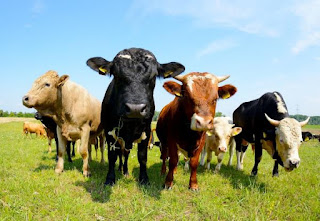The Main Features And Applications Of 180-Degree Fisheye Lens

The 180-degree fisheye lens means that the angle of view of the fisheye lens can reach or be close to 180 degrees. It is a specially designed ultra-wide-angle lens that can produce an extremely wide field of view. In this article, we will learn about the characteristics and applications of a 180-degree fisheye lens. 1. The main features of 180 degree fisheye lens Ultra-wide viewing angle Due to its ultra-wide angle, the 180-degree fisheye lens can capture almost the entire field of view. It can capture the vast scenery directly in front of the camera and the environment around the camera, creating a very wide picture. Distortion e ffect The design characteristics of the fisheye lens cause perspective distortion in the images captured by it, showing a distorted effect. This distortion effect can be used to create a unique visual impact and add an artistic touch to your photography. Highlight close-up effect The 180-degree fisheye lens can get very close to the subject and take pho...






